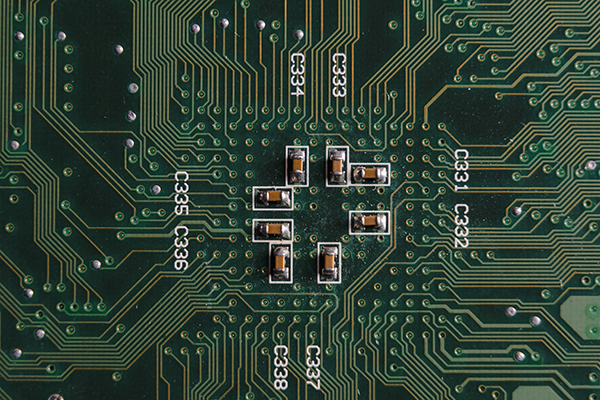
PCB is also called printed circuit board. It is a key concept in electronics. It's so fundamental that people often forget to explain what a PCB is.

All electronic products must use a printed circuit board (PCB: Printed Circuit Board) to fix the integrated circuit (IC) and other electronic components (such as: resistors, capacitors, inductors). And connect all integrated circuits and electronic components with different functions with thin copper wires to provide a stable working environment. Allow electronic signals to flow between different electronic components.
The creator of the PCB is the Paul Eisler. In 1936, he was the first to use PCB in radios. In 1943, Americans usually applied this technology to military radios. In 1948, the United States officially approved the invention for commercial purposes. PCB have been widely used since the mid-1950s.
A typical PCB consists of several layers, each serving a specific purpose:
Substrate: The base material, often made of fiberglass-reinforced epoxy resin (FR-4), provides mechanical strength and insulation for the PCB.
Copper Traces: Thin copper foil is etched onto the substrate to create the desired electrical pathways and connections between components.
Solder Mask: A layer of polymer, usually green in color, covers the copper traces, protecting them from oxidation, dust, and accidental contact.
Silkscreen: This layer includes printed text, symbols, and component outlines that aid in component placement, identification, and assembly.
PCBs are designed to accommodate various electronic components, including:
Integrated Circuits (ICs): These are miniature electronic circuits embedded within a single chip and serve various functions, such as microprocessors, memory chips, and amplifiers.
Resistors: These components limit the flow of current and control voltage levels in a circuit.
Capacitors: Capacitors store and release electrical energy, stabilizing voltage levels and filtering out noise.
Diodes: Diodes allow current to flow in only one direction, protecting circuits from reverse current and enabling rectification.
Transistors: Transistors act as electronic switches or amplifiers, controlling the flow of current in a circuit.
PCB play a crucial role in the functionality and reliability of electronic devices. Here are some key reasons why PCB are essential:
Electrical Connectivity: PCB provide a robust and efficient way to establish connections between various components, ensuring proper signal flow and functionality.
Space Optimization: PCB enable compact designs by allowing components to be densely packed on a flat surface, saving valuable space.
Signal Integrity: The carefully designed copper traces on a PCB minimize interference and signal degradation, ensuring reliable data transmission.
Ease of Assembly and Maintenance: PCB simplify the assembly process as components can be soldered directly onto the designated pads. They also facilitate repairs or component replacement.
use a common expression, A Printed Circuit Board (PCB) is a Sheet of Insulating Material such as Fiberglass, with Metallic Circuit or Track Printed or Etched on it for Electrical Conductivity. A PCB is found in almost all electronic products that we use in our daily life – Mobile Phone, Tablet, TV, Computer, Laptop, Keyboard, Mouse, Military Weapons, Airplane, Satellite etc.
Now you must be thinking how are PCB Manufactured, Right? Feel free to learn more information about PCB soldering, rework , repair and news on AiXun official website.
 WhatsApp
WhatsApp